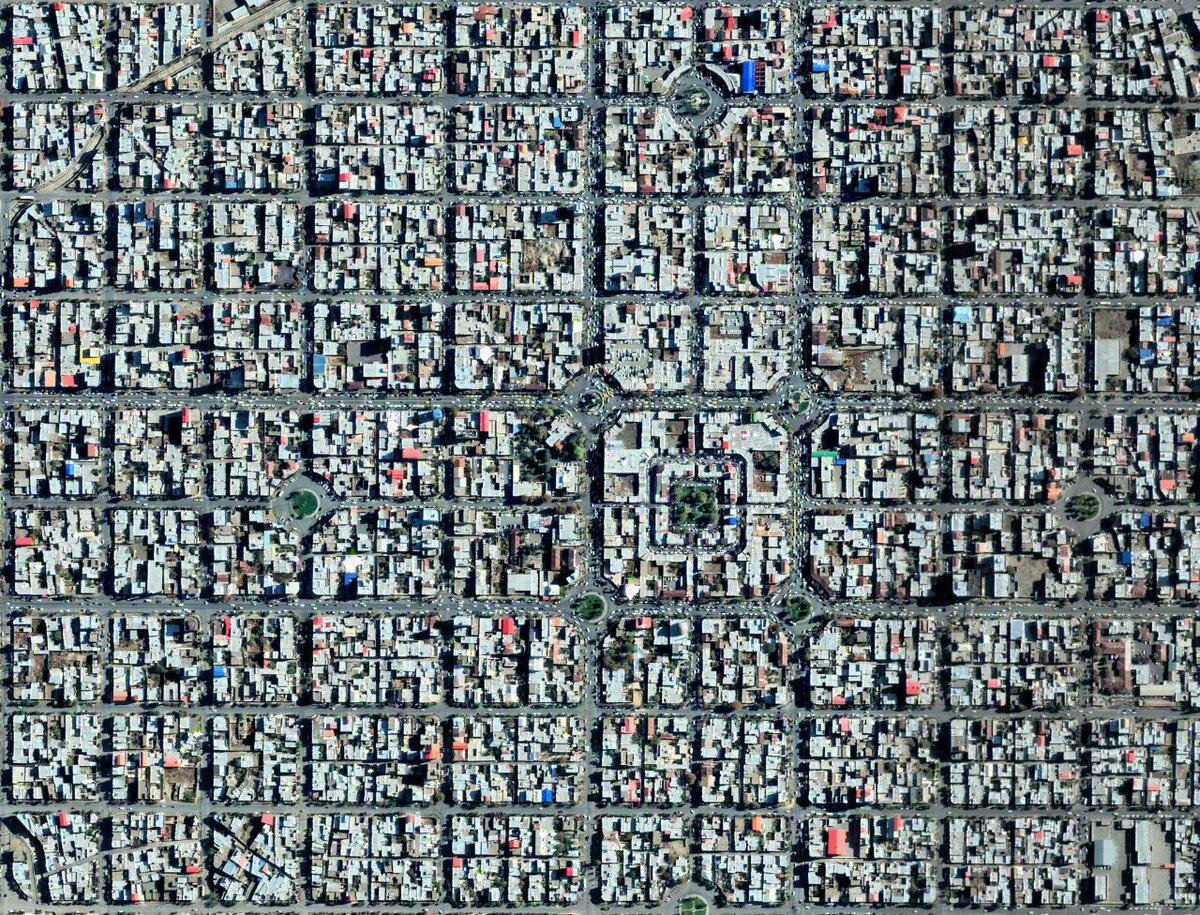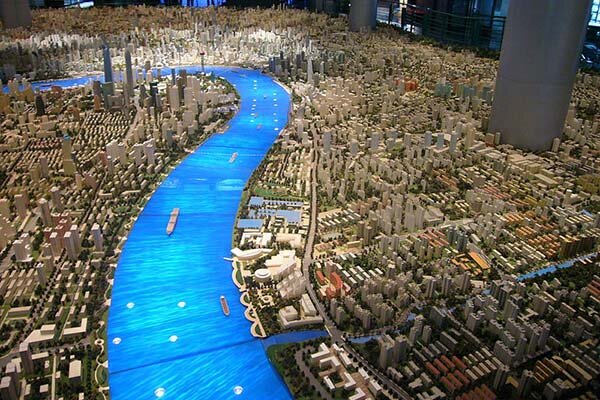Iran (IMNA) - World Town Planning Day was founded in 1949 by the late professor Carlos Maria della Paolera as a way to acknowledge and commemorate the accomplishments of town planners. Professor Paolera recognized that efficient town planning is a critical component for developing well-organized and sustainable communities.
This important day is also known as "World Urbanism Day," which emphasizes the importance of urban areas and the issues they confront. The goal of World town Planning Day is to create awareness and encourage community planning by emphasizing the need of taking environmental considerations into account while developing a municipality.
Town planning plays a crucial role in shaping our communities, from ancient civilizations to modern convenience.
Town planning is critical to the growth of urban, suburban, and rural communities. It comprises a variety of technical procedures aimed at planning, building, and deploying infrastructure inside a community. The planning phase takes into account factors such as accessibility, transportation, communication, and distribution networks. This multidisciplinary approach incorporates concepts from engineering, architecture, politics, and human psychology.
Urban planning gained more attention from the 15th century onward. By the 20th century, it became increasingly important to address the concerns of the general public and the working class. Urban planning then took on a more central role in shaping communities.
Thanks to town planning, we can easily locate and navigate to various places in our daily lives, be it our office, favorite grocery store, or even our favorite bar. The seamless functionality and convenience we experience today result from effective town planning applied throughout history.

Significance of World Urbanism Day
Theme of World Urbanism Day 2023 is "Financing a sustainable urban future for all." This day holds important significance for various reasons.
Firstly, it promotes sustainable development by encouraging eco-friendly practices and integrating green spaces and renewable energy sources into urban planning.
Secondly, it advocates for the creation of inclusive communities that prioritize accessibility, affordability, and social equity, ensuring that urban spaces cater to the diverse needs of residents.
Thirdly, it serves as a platform to showcase innovative urban planning solutions and technologies that address challenges like traffic congestion, housing shortages, and environmental degradation.
Fourthly, it raises public awareness about urban challenges such as overpopulation, pollution, and inadequate infrastructure, inspiring communities to find sustainable solutions together.
Additionally, it advocates for smart city initiatives that utilize technology and data to improve the quality of life, enhance public services, and promote efficient resource management. Lastly, it fosters collaboration and knowledge exchange among urban planners, policymakers, and communities to create resilient and vibrant urban environments that can adapt to future challenges and changes.
Lar, The City Without Alleys, Rebuilt to Withstand Earthquakes
Lar, a city located in Fars province, experienced a devastating earthquake in May 1339 (H.S), reducing the entire city to ruins. However, with the support of government, a new city was constructed in the southern region of Lar.
The newly established Lar covered an expansive area of 100 hectares and was designed with the intention of being impervious to future earthquakes. Recognizing the city's location on an active fault line, engineers meticulously planned the city's buildings and neighborhoods to be resilient against seismic activity. The chosen model for the city was the checkerboard layout, ensuring not only the structural safety of the buildings but also creating a network of intersecting streets.
As a result, Lar became a unique city with streets that intersected at every corner, devoid of any alleys. This distinctive feature earned Lar the title of "Iran's City Without Alleys." The wide streets and low-rise buildings characteristic of this construction model significantly reduce the risk of harm to residents in the event of another earthquake.
Presently, the city of Lar comprises two main sections: the old part, which retains its traditional architecture, and the new part, showcasing earthquake-resistant and aesthetically pleasing structures. Lar's reputation as the city without alleys has garnered acclaim not only within Iran but also throughout the Middle East.



Your Comment